
The talks between Tesla and India have been ongoing for several weeks, with the objective of establishing a factory capable of producing a $24,000 electric car for the Indian market and potential exports. However, the delicate state of India-China relations adds a layer of complexity to Tesla’s plans, as it could impact the company’s efforts to collaborate with Chinese suppliers. As Tesla (TSLA.O) explores the possibility of establishing a manufacturing plant in India, government officials have proposed a strategic approach inspired by Apple’s success. The officials have advised Tesla to seek partnerships with local Indian firms while also considering the involvement of Chinese suppliers, according to reliable sources familiar with the ongoing discussions.
Elon Musk, the visionary founder of Tesla, is eager to expand the company’s presence beyond its largest foreign market, China, where the process of obtaining regulatory approvals for expansion has proven to be slow and challenging. Tesla’s potential entry into the Indian market holds immense importance, with the potential to bring about transformative changes in India’s automotive and clean energy sectors. As a pioneer in the electric vehicle industry, Tesla’s presence could accelerate the adoption of EVs in the country, spurring awareness and demand for sustainable mobility solutions.
One of the most significant impacts of Tesla’s entry could be the development of a robust charging infrastructure in India. Tesla’s commitment to building charging networks could address a key barrier to EV adoption, facilitating the transition toward cleaner transportation.
Tesla’s Entry in India
India’s burgeoning economy and expanding middle class have sparked a surge in demand for luxury goods, including electric vehicles, making it an attractive market for the forward-thinking company. According to the International Energy Agency, India is projected to become the world’s third-largest market for electric vehicles by 2030, a fact that has not gone unnoticed by Tesla’s keen eye for emerging opportunities.
Adding to the allure are India’s supportive government policies for electric vehicles. The Indian government has set ambitious goals for EV adoption and has gone the extra mile by offering incentives to buyers of electric cars. The availability of subsidies, such as up to $2,500 for an electric vehicle purchase, further sweetens the deal for Tesla and aligns with the company’s vision of sustainable mobility.
Tesla also sees the strength of India’s manufacturing sector as a strategic advantage. With a robust manufacturing base and an abundant pool of skilled workers, India provides a platform for the company to potentially reduce production costs. Additionally, the country houses numerous auto parts suppliers, creating a conducive ecosystem for Tesla to thrive in.
The Indian workforce itself is a significant asset, with a large number of highly skilled engineers and technicians readily available. This bodes well for Tesla’s plans to set up and operate a manufacturing plant within the country, further solidifying its commitment to the Indian market.
One of the most compelling reasons behind Tesla’s interest in India is its vast population. As the second most populous country in the world, India offers an immense potential market for Tesla’s electric cars. The company’s vision of widespread electric mobility aligns well with India’s growing need for sustainable transportation solutions.

The chart shows that Tesla has been expanding its global presence at a steady pace over the years. The company entered the Indian market in 2022, and it is now present in 13 countries.
Nevertheless, Tesla acknowledges the challenges that lie ahead. Doing business in India can be costly, and the country’s infrastructure for electric vehicles is still developing. Moreover, certain government policies may present obstacles to foreign companies. However, Tesla’s history of overcoming challenges and its substantial resources position the company well to navigate these hurdles successfully.
Tesla’s foray into the Indian market represents a significant step in the country’s transition towards cleaner and greener transportation. As India strives to address its environmental concerns and reduce its carbon footprint, Tesla’s electric vehicles hold great promise. With its cutting-edge technology and commitment to sustainability, Tesla has the potential to make a lasting impact on India’s automotive landscape.
The Apple Model: A Case Study
Indians who opt for iPhones are more likely to be “switchers” due to the dominant presence of Android in the Indian smartphone market, spearheaded by brands like Samsung and various Chinese manufacturers. With Android commanding over 95% of the market share, consumers in India have been accustomed to a wide range of affordable Android devices.
Price plays a crucial role in influencing consumer behavior. In India, the majority of smartphones are priced well below the least-expensive Apple iPhone. Industry analyst IDC reported that the average selling price of a smartphone in India is $224, a figure that increased by 18% in 2022. In contrast, Apple’s entry-level phone, the iPhone SE, retails for $429 in the U.S. The price-conscious Indian market leans towards more cost-effective Android options that offer competitive features and affordability.
To address the challenges posed by relying heavily on manufacturing in China, Apple is embarking on a massive project to build its products in India. This endeavor necessitates collaboration not only from Apple but also from its manufacturing partners and local and national governments in India.
Currently, most iPhones are assembled in China, which has led to issues over the past five years. These problems range from trade tensions and potential tariffs during the Trump administration to recent supply chain disruptions caused by Covid and China’s Covid-related policies, leading to sales shortfalls for Apple.
As part of its strategy to diversify production, Apple’s primary manufacturing partner, Foxconn, is also expanding its operations in India. The company is reportedly investing $700 million in building a plant for iPhone parts in Bangalore, signaling Apple’s commitment to strengthening its manufacturing base in the country. The Indian government, akin to its Chinese counterparts, is eager to embrace Apple as a symbol to attract other high-tech firms for manufacturing and development in India. Over the past two decades, China has successfully worked at various levels of government to establish massive factories, such as Foxconn’s renowned “iPhone City” in Zhengzhou. The Indian government’s efforts mirror this approach, striving to create a favorable environment for high-tech manufacturing investments, with Apple at the forefront.
Lessons Tesla can learn
Tesla’s potential plans to bring its cheaper Model 3 to India for around Rs 20 lakh has raised discussions about the feasibility of the company’s entry into the Indian market. The Indian government’s stance on not providing duty waivers or concessions for individual companies, including Tesla, echoes its approach with Apple in the past. However, drawing lessons from Apple’s experience in India, Tesla can adopt a proactive strategy to align its business with the government’s priorities and build a win-win model for both parties. India’s consistent policy has been to create an industry-level framework rather than offering specific concessions to individual companies. This approach ensures a level playing field and avoids preferential treatment to particular entities. Apple’s requests for import duty reductions were met with a refusal by the Indian government, which reiterated its focus on industry-wide policies in 2017.
Apple’s Success Story
Despite facing obstacles, Apple did not abandon its plans for the Indian market. Instead, the tech giant assembled an India team, comprising local experts to engage with the government and industry associations. The company embraced the government’s priorities, particularly enhancing manufacturing, supporting the ‘Make in India’ initiative and generating employment opportunities. Apple’s approach in India demonstrated a willingness to collaborate with the government and other stakeholders to build a mutually beneficial model. The company assured the government that it would not resort to predatory pricing that could adversely affect local retailers. It also accommodated the demands of competing players to foster a conducive environment for all participants.

Key Components of Apple’s Strategy
Promoting Local Manufacturing
By partnering with Taiwanese contract manufacturers, such as Foxconn, Wistron, and Pegatron, Apple leveraged the government’s Production-Linked Incentive (PLI) scheme for smartphones. This allowed the company to produce and even export phones from India, furthering its commitment to domestic manufacturing. India’s preliminary clearances to some of Apple’s Chinese suppliers to form joint ventures with Indian companies reflect the government’s cautious approach. The joint venture route ensures that Chinese component makers enter India only in partnership with Indian entities, offering greater control and regulatory oversight.
Regulations on Automobile Industry
In response to the ever-evolving regulatory landscape, automotive companies are reevaluating their business models to meet fuel efficiency and emissions standards. With a growing emphasis on reducing greenhouse gas emissions and curbing fossil fuel dependence, manufacturers are investing in research and development to create more efficient engines, lightweight materials, and aerodynamic designs. The transition to electric vehicles and hybrid technologies has been accelerated as regulations encourage the adoption of zero-emission vehicles, with companies like Tesla leading the charge in the electric mobility market.
The stringent emissions laws have also influenced automotive business models. Vehicle manufacturers must meet strict standards for tailpipe emissions, which have led to increased engineering and manufacturing costs due to the introduction of catalytic converters and other emissions control devices. Despite the additional costs, companies can leverage their focus on producing cleaner and more environmentally friendly vehicles to differentiate themselves and cater to the growing market of environmentally conscious consumers.
Moreover, regulations have affected the way cars are sold, with an increased focus on transparency and sustainability. Consumer protection laws and environmental standards have raised awareness among consumers about their environmental impact, leading to a demand for eco-friendly products. Automotive businesses have had to adapt their models to meet these changing customer expectations, emphasizing sustainability and providing transparent information about vehicle emissions and environmental practices.
Regulatory Challenges for Tesla
Specific regulations impacting Tesla’s operations in India, explore the company’s efforts to align with local policies and discuss the opportunities that lie ahead for Tesla in one of the world’s most dynamic economies.
Challenges
- Import Duties and Tariffs: As a foreign automaker, Tesla faces the hurdle of import duties and tariffs on its vehicles and components if it chooses to import completely built units (CBUs). These costs could significantly impact the final price of Tesla’s vehicles for Indian consumers, potentially affecting their affordability and demand.
- Local Sourcing Norms: To avail of government incentives and schemes, Tesla must meet certain local sourcing norms for components and manufacturing. Complying with these requirements poses a challenge for Tesla, as its supply chain and manufacturing operations are predominantly located outside India.
- EV Policies and Emission Standards: India has implemented stringent emission standards for vehicles to combat pollution and improve air quality. Tesla must adhere to these standards while also aligning with India’s EV policies and incentives aimed at promoting clean energy adoption.
Tesla’s Strategic Approach
- Establishment of Local Manufacturing: To address import duty challenges and local sourcing norms, Tesla has indicated its commitment to establishing local manufacturing operations in India. The company’s proposal to introduce its more affordable Model 3 in India reflects Tesla’s intent to align with the country’s EV policies and make its products accessible to a wider Indian consumer base.
- Engaging with the Government: Recognizing the importance of collaboration, Tesla has actively engaged in discussions with the Indian government. By understanding and aligning with local regulations and policies, Tesla aims to foster a conducive environment for its operations while supporting India’s objectives of cleaner transportation and boosting domestic manufacturing.
- Focus on Sustainability: Tesla’s core mission revolves around sustainable mobility and reducing global carbon emissions. This vision aligns seamlessly with India’s ambitious sustainability goals, making Tesla an attractive partner for the government’s green initiatives.
Opportunities
- Growing EV Market: India’s EV market is poised for significant growth as the country prioritizes sustainability and renewable energy solutions. By entering the Indian market, Tesla can tap into the vast potential for electric vehicles, where demand is projected to surge in the coming years.
- Fostering Economic Growth: Tesla’s local manufacturing plans can contribute to India’s economic growth by creating job opportunities, developing a skilled workforce, and attracting investments in the automotive sector.
- Strengthening India’s EV Ecosystem: Tesla’s entry into India can serve as a catalyst for the development of a robust EV ecosystem. It can spur investments in charging infrastructure, battery manufacturing, and renewable energy projects, further propelling the country’s clean energy transition.
Expanding Access To India’s Charging Infrastructure
In India, electric vehicles (EVs) are gaining popularity due to their cleaner and more sustainable nature. However, a fundamental challenge hindering their widespread adoption is the lack of charging infrastructure. A robust charging network is essential to promote the mass acceptance of EVs in the country.
Charging infrastructure plays a critical role in enabling the transition from internal combustion engine vehicles to EVs. It ensures that EV owners have convenient access to charging facilities, allowing them to travel longer distances without range anxiety. With the growth of EVs, the charging ecosystem has seen substantial efforts to expand, resulting in a fivefold increase in public and private charging stations.
The importance of charging stations goes beyond supporting EV growth. Installing and maintaining charging infrastructure creates job opportunities and contributes to economic growth. Furthermore, by reducing the use of fossil fuels and energy consumption, charging stations help decrease overall expenses and the carbon footprint, benefiting the environment.
Public charging stations are vital for encouraging consumers to adopt EVs as a practical transportation option. Having readily available charging options reduces the total ownership cost of EVs and eliminates the need for customers to invest in expensive charging stations for their homes.
Collaborations
Tesla has taken significant steps to address the charging infrastructure challenge in India through collaborations with prominent companies in the energy and electric vehicle charging sectors. These partnerships are aimed at establishing a comprehensive network of charging solutions across the country, making electric vehicle adoption more feasible and convenient for Indian consumers.
One of Tesla’s key collaborations is with Tata Power, one of India’s largest power companies. Together, they have embarked on an ambitious plan to set up fast-charging stations throughout India. The first of these charging stations was inaugurated in Mumbai in 2022, marking the beginning of a network that will enhance the accessibility of charging facilities for Tesla owners and other electric vehicle users across the nation.
In addition to Tata Power, Tesla has also teamed up with EEBL, a joint venture between Energy Efficiency Services Limited (EESL) and Convergence Energy Services Limited (CESL). Through this collaboration, Tesla is working towards the establishment of a network of slow-charging stations across India. The first of these stations was inaugurated in Delhi in 2022, extending the reach of charging infrastructure to various regions and ensuring convenience for EV owners in their daily charging needs.
Furthermore, Tesla has partnered with ChargeGrid, a prominent electric vehicle charging network in India, to provide Tesla owners with seamless access to ChargeGrid’s extensive charging network. With over 1,000 charging stations located strategically across the country, ChargeGrid’s network significantly contributes to the ease of charging for Tesla users and supports the overall growth of the electric vehicle ecosystem in India.
These collaborations underline Tesla’s commitment to overcoming the charging infrastructure hurdle in India and promoting electric vehicle adoption on a large scale.
Relying on Chinese Suppliers
Tesla’s dependence on Chinese suppliers has been a double-edged sword, offering advantages in terms of access to a skilled workforce, low labor costs, and government support, while also posing concerns about supply chain security, intellectual property theft, and potential political interference. Recognizing the importance of managing these risks, Tesla has been proactive in addressing the issues associated with its reliance on Chinese suppliers.
One of the primary benefits of working with established Chinese manufacturers has been access to a vast and skilled workforce. China’s reputation as a manufacturing powerhouse has allowed Tesla to tap into a pool of talented workers with expertise in automotive production. This, in turn, has facilitated efficient manufacturing processes and contributed to keeping costs down. Tesla’s ability to leverage China’s skilled labor force has been instrumental in delivering competitive pricing to its customers and maintaining a strong market presence.
Moreover, China’s low labor costs have played a significant role in Tesla’s cost management strategy. By manufacturing certain components in China, Tesla has been able to capitalize on the cost advantages and pass on savings to its customers through competitive pricing for its electric vehicles. Lower production costs have played a crucial role in making Tesla’s vehicles more accessible to a broader segment of consumers, fostering higher adoption rates and expanding its customer base.

Almost all parts are “MADE IN CHINA”
When dismantling a Tesla car, four core components stand out: the chassis, cockpit central control, body sheet metal interior, and charging system. Remarkably, many of these crucial components come from Chinese suppliers. The battery and charging system relies on companies like Ganfeng Lithium, Tianqi Lithium, and Shanshan. The electric drive system utilizes modules from Xuri and motors from Zhongke Sanhuan and Jingda, all Chinese companies. In the central control system, the large screen comes from BOE, Jingrui, and Tianhua Ultra Clean, predominantly Chinese suppliers. Even Tesla’s automatic driving features source the visual sensor from Lianchuang Electronics and the high-precision map from NavInfo, both Chinese companies. This significant involvement of Chinese suppliers highlights their crucial role in Tesla’s supply chain and reflects China’s dominance in the electric vehicle technology sector.
However, Tesla’s reliance on Chinese suppliers has not come without risks. The foremost concern lies in supply chain security and the potential for China to exert control over Tesla’s supply chain. Given the sensitive nature of electric vehicle technology and Tesla’s intellectual property, there is a valid fear of intellectual property theft or unauthorized access to proprietary information. To mitigate this risk, Tesla has taken significant steps, such as diversifying its supplier base and investing in battery production capacity. By reducing its dependence on specific Chinese suppliers, Tesla aims to safeguard its sensitive technology and maintain a level of autonomy over its supply chain.
Moreover, political interference remains a concern, as China has been known to impose regulatory and market access barriers on foreign companies for political reasons. Tesla’s efforts to work closely with the Chinese government and develop a cooperative framework demonstrate the company’s commitment to fostering a stable and mutually beneficial relationship. Establishing clear channels of communication and ensuring adherence to international trade norms can help safeguard Tesla’s operations from undue political influence.
Strategies for scaling Operations
Tesla’s roadmap for sustainable growth in India encompasses short-term and long-term goals to establish a strong presence in the country’s electric vehicle (EV) market. In the short term, Tesla aims to set up sales and service centers, build brand awareness, and target early adopters interested in premium electric vehicles. Simultaneously, the company will focus on scaling operations and expanding market reach in the long term. Strategies include partnering with local companies, investing in research and development for the Indian market, and expanding the sales and service network. Tesla’s entry into India could significantly impact the EV industry by raising awareness among consumers, driving competition, and accelerating the adoption of sustainable transportation solutions. By embracing local collaborations and innovating for the Indian market, Tesla can pave the way for a greener and more electrified future in India.
Conclusion
In my opinion, Tesla’s entry into the Indian market holds great potential due to the country’s growing interest in electric vehicles and Tesla’s reputation for high-quality and high-performance products. However, Tesla will face challenges such as the relatively small EV market and the lack of charging infrastructure. To achieve sustainable growth, Tesla should focus on targeting early adopters, partner with local companies, and invest in research and development tailored to the Indian market. Expanding the sales and service network and collaborating with the Indian government to develop supportive policies will further enhance Tesla’s success in India.
-Senior TJEF Editor
-Bhagavath
References
https://www.autocarpro.in/news/tesla-slated-to-meet-indian-officials-this-week-report-115104
https://www.linkedin.com/pulse/navigating-impact-regulations-automotive-sector-chaiz/
https://www.businesstoday.in/technology/news/story/govt-suggests-apple-like-model-for-teslas-india-factory-report-392359-2023-08-02
https://www.linkedin.com/pulse/navigating-impact-regulations-automotive-sector-chaiz/









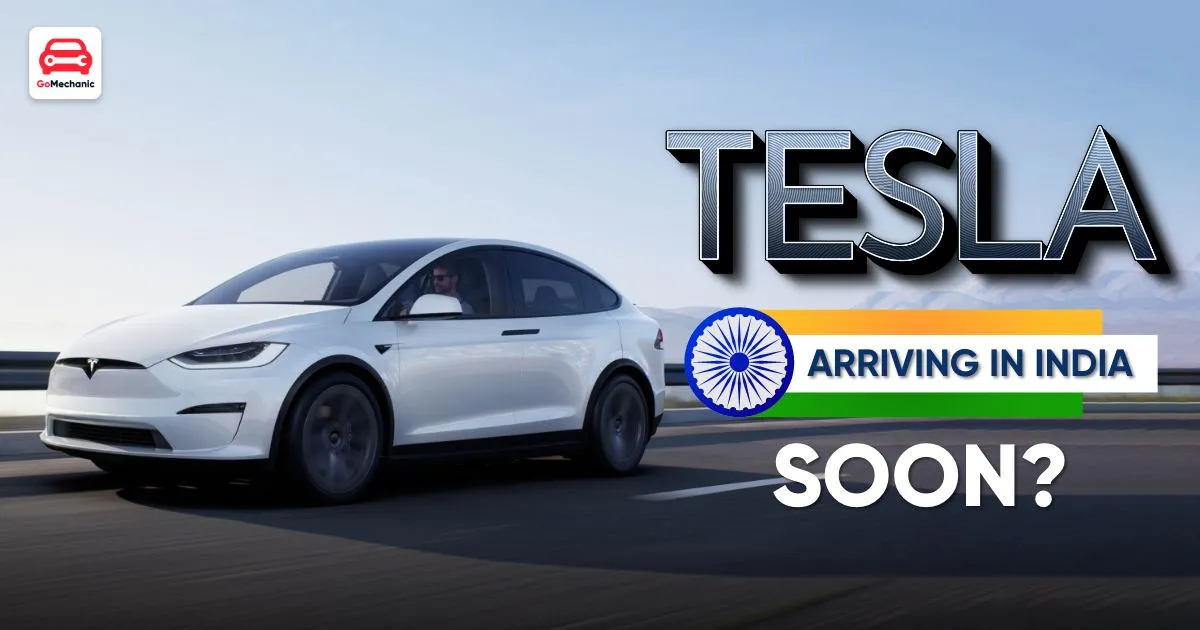


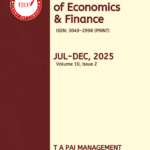




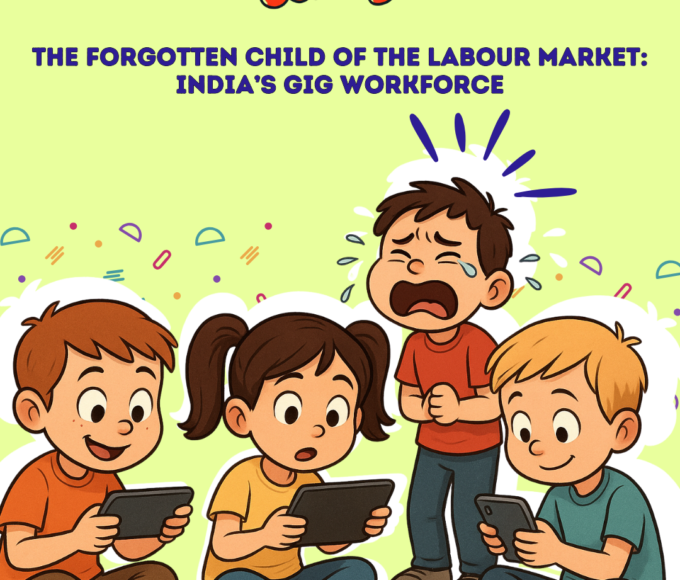
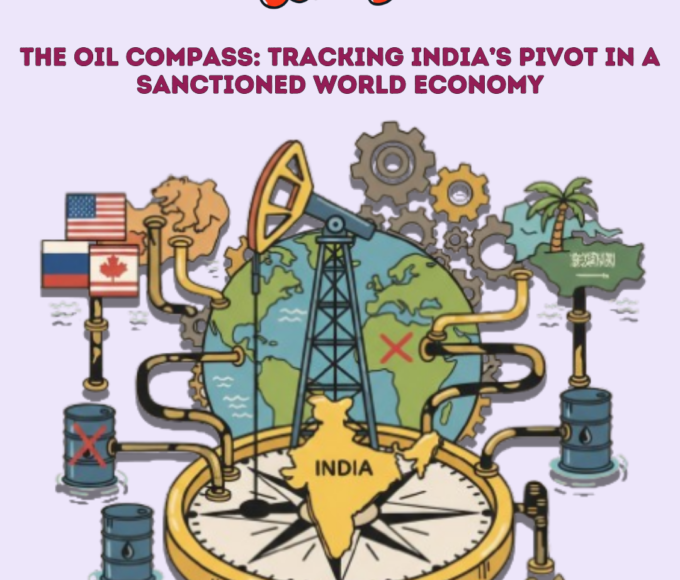
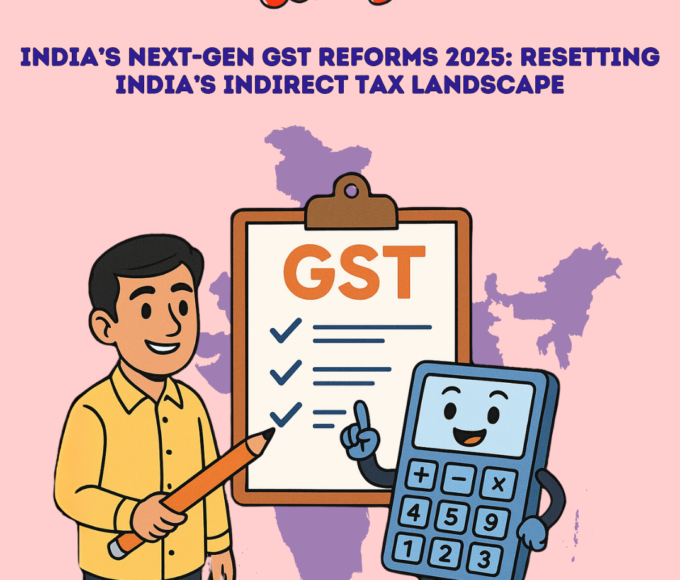
Leave a comment